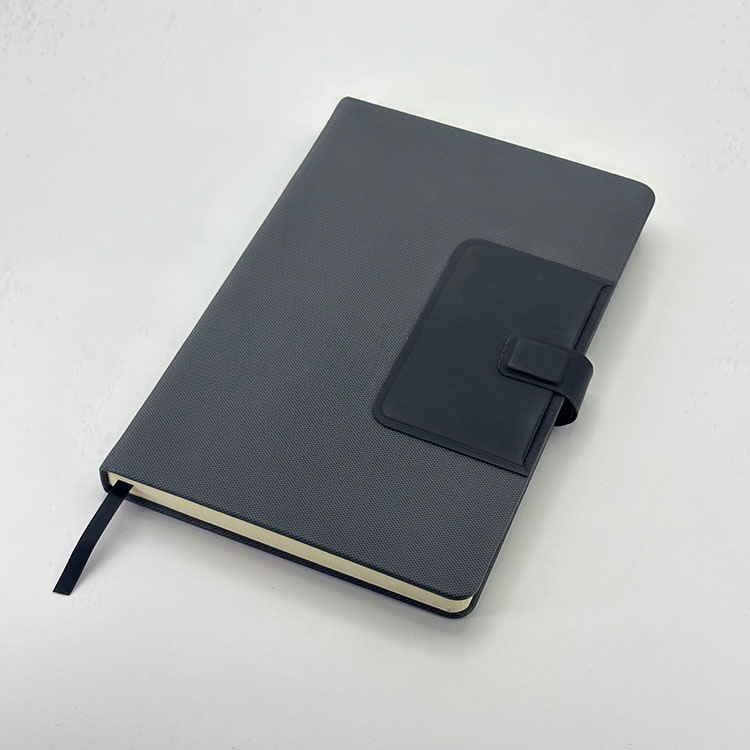Paperback Notebook: Practical and Portable Solution for Everyday Writing
2025-07-04
A paperback notebookis a popular stationery item featuring a flexible paper cover and bound pages, designed for note-taking, journaling, sketching, and organizing thoughts. Known for its lightweight and portable design, the paperback notebook is widely used by students, professionals, artists, and writers.
What Is a Paperback Notebook?
A paperback notebook consists of a soft, flexible cover made from thick paper or cardstock, enclosing lined, blank, or grid pages. The binding method can vary, including glued, stitched, or spiral-bound options, providing different levels of durability and ease of use. Its compact design makes it easy to carry, making it an essential tool for capturing ideas on the go.

Key Features of Paperback Notebooks
Flexible Cover:Soft and lightweight, offering portability and ease of handling.
Variety of Sizes:Available in pocket-sized, A5, A4, and custom dimensions.
Page Styles:Lined, blank, dotted, or grid layouts to suit different writing or drawing needs.
Binding Options:Perfect binding, stitched, or spiral binding for different uses.
Affordable:Cost-effective choice for everyday use.
Customizable Covers:Often printable for branding, personal expression, or gifting.
Advantages of Paperback Notebooks
Portability:Easy to carry in bags, backpacks, or pockets.
Versatility:Suitable for note-taking, sketching, planning, or journaling.
Affordable:Accessible to students and professionals alike.
Customizable:Popular for promotional products or personalized gifts.
Eco-Friendly Options:Many are made with recycled or sustainable paper.
Common Uses of Paperback Notebooks
Educational:Students use them for class notes and study.
Professional:Office workers and managers for meetings and planning.
Creative:Artists and writers for sketches, ideas, and drafts.
Personal:Journaling, diary keeping, and to-do lists.
Marketing:Branded notebooks for corporate giveaways and events.
Tips for Choosing a Paperback Notebook
Size:Consider portability versus writing space.
Paper Quality:Look for smooth, bleed-resistant paper.
Cover Design:Select durable and appealing covers.
Binding:Choose binding that fits your usage style.
Additional Features:Consider notebooks with perforated pages, bookmarks, or pockets.
Conclusion
The paperback notebook remains a timeless and practical choice for everyday writing needs. Its blend of flexibility, affordability, and convenience makes it an indispensable tool for a wide range of users. Whether for study, work, or creativity, paperback notebooks offer a simple yet effective way to capture thoughts and ideas.


